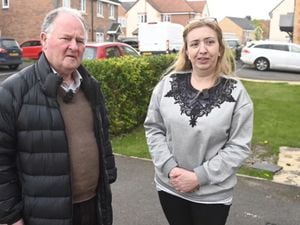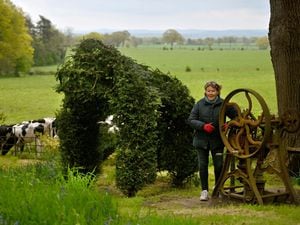Two solar farms announced for outskirts of Shrewsbury
Plans are being drawn up for two new large-scale solar farms on the outskirts of Shrewsbury.

The proposals relate to sites in Uffington and Berrington, and, if they come to fruition, would produce enough energy to power nearly 20,000 homes a year between them.
Planning applications are currently being prepared for the two sites, after Shropshire Council ruled neither development would require a full Environmental Impact Assessment (EIA).
The scheme in Uffington, the larger of the two, would see solar photovoltaic (PV) panels installed on a 124-acre site to the west of Haughmond Quarry.
Behind the project is renewable energy firm OPDE, which already has solar and wind farms Spain, Italy, Mexico and Chile.
Once it is fully operational, the site would generate 35 megawatts (mw) of electricity a year.
Concern has been raised by Historic England about the impact the solar farm would have on the setting of historic assets including the Haughmond Hill hillfort, Haughmond Abbey, a medieval castle mound ‘Queen Eleanor’s Bower’, and the Registered Battlefield of Shrewsbury.
The council said the scheme “is likely to raise significant planning issues” and “has the potential to have an adverse impact on the local area, due to its nature, location and scale”, but concluded the development would not require a full EIA.
The second application relates to land at Berrington Farm, and is being put forward by Econergy International, which operates solar farms across Europe.
It is estimated the facility would have an annual energy output of 30mw.
In a letter to the council, the applicant’s agent said: “The proposed development represents an exciting project which will make a meaningful contribution to the renewable energy landscape in the UK.
“The development would have an estimated lifespan of 40 years. At the end of the useful life of the facility, it will be decommissioned, and all the associated equipment will be removed. The land can then be quickly reverted to agricultural use.”
Concluding that an EIA was not required, the council’s decision letter said there were no designated wildlife or heritage sites nearby and that any environmental impacts of the scheme are “expected to be simple and relatively localised”.
Both projects will now be subject to the full planning process and members of the public will be able to make comments once the applications have been lodged.





